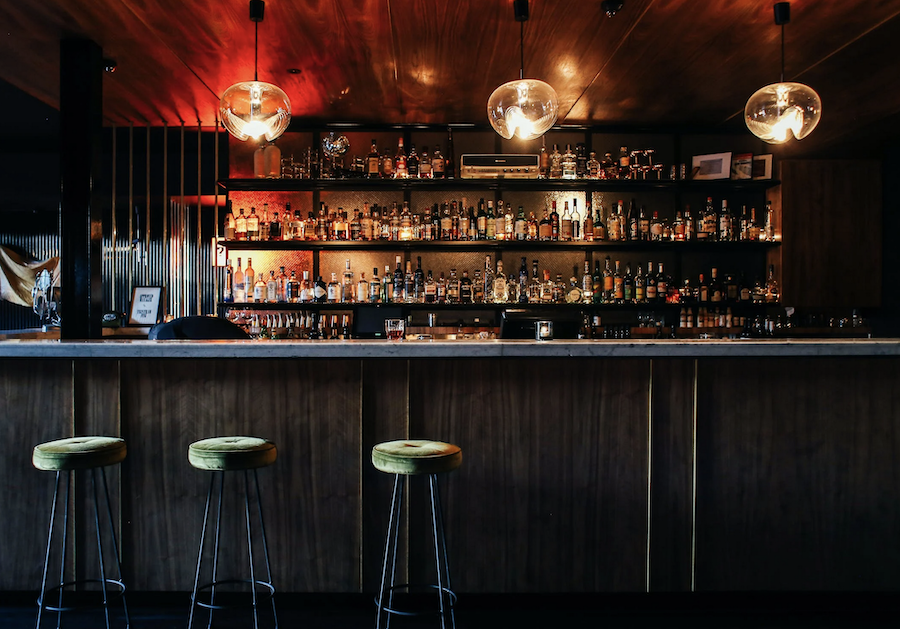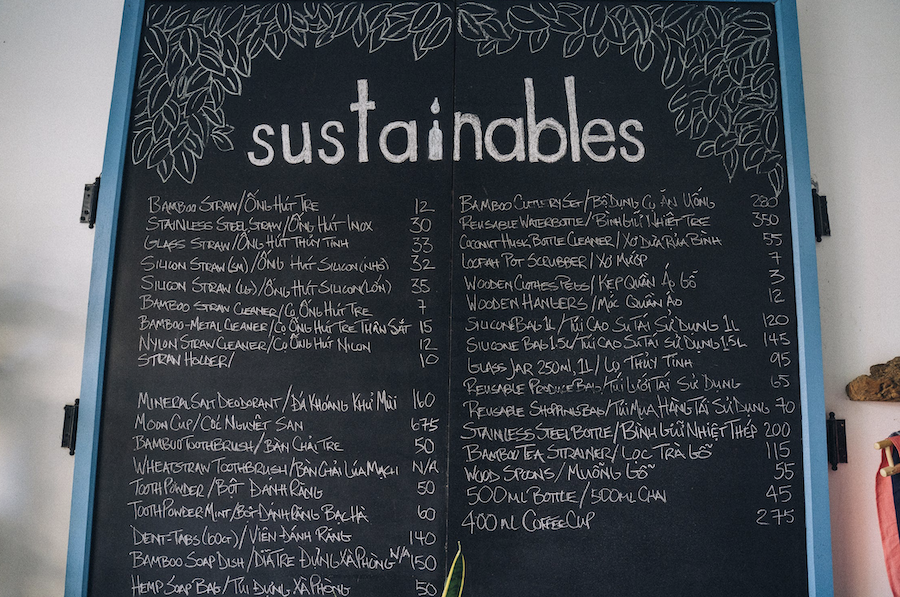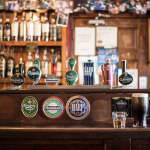Bar Sector – Industry Trends in 2025
Over the past few years, there have been some substantial developments and difficulties in the bar sector.
The pandemic has fundamentally altered how the sector runs, including how customers are greeted and the hours that bars and restaurants are open.
In 2024, the bar sector will make significant strides.
The most well-liked bar trends demonstrate that owners, whether operating a fast-casual pub, a full-service business, or investigating an altogether new concept, are coming up with creative methods to enhance both on-site and off-site visitor experiences.
Global drinking patterns have drastically changed in recent years.
New trends emerge every year, driving the bar business in new ways and bringing about additional transformations.
The trends in 2025 might just shape the future of the bar industry.
Consumers’ increased attention to what they put into their mouth has led to an increase in demand for health-conscious items.
We’ll look into some of the hottest trends that you and your bar can adopt below.
Top bar sector trends in 2025
1. Use of tech to maximize marketing goals
2. Sustainability for the win
3. Online ordering and payments
4. Non-alcoholic beverages
5. Introduction of new revenue streams
6. Simplification of menus
7. AI to change the bar industry
8. Live music is a game-changer
9. Finding methods to manage workforce shortage
10. Reimagining experiences to establish loyalty
1. Use of tech to maximize marketing goals
Technology will be used by the most successful pubs and restaurants to meet the ever-changing customer expectations, boost back-of-house productivity, and increase profit margins.
Restaurants and bars will use emerging technology, including contactless payments, handheld PoS systems, online ordering platforms, marketing tools like Bloc and inventory management systems.
2. Sustainability for the win
The environment is a crucial problem that will undoubtedly cause significant changes in the food and beverage business.
Many individuals now consider restaurants a cause of water and plastic pollution.
People often wonder why restaurant essentials like plastic straws, cups, lids, and take-home bags are required.
Getting rid of takeout or disposable tiny items is not the answer to locate a more environmentally friendly option.
Due to this, there has been an increase in the introduction of “green kitchens,” where the company focuses on minimizing waste and tries to recycle and reuse leftovers whenever possible.
Paper straws, wax paper cups, and fiber to-go containers are examples of biodegradable products that can be used.
3. Online ordering and payments
Online food ordering and contactless home delivery have saved establishments that are nonetheless susceptible to imposed limits, stringent sanitary rules, and even shutdowns.
As customers get used to receiving the food they want when, where, and how they want it, this service is here to stay.
According to data from McKinsey, the worldwide food delivery sector is currently worth more than $150 billion, having more than tripled since 2017. This growth may be partly linked to the epidemic.
4. Non-alcoholic beverages
To avoid clients from feeling as if they are missing out if they cut back on the alcohol, more businesses are offering non-alcoholic options as more Americans drink less alcohol each year while still wanting to participate in the festivities when they go out to celebrate.
One in five American individuals is sober and curious, whereas over 30% of American adults have decided to pursue a sober lifestyle.
By doing so, people participate in a sober time that has been organized in advance, such as “Dry January” or “Sober October.”
5. Introduction of new revenue streams
Lockdowns and municipal laws have an impact on the hours that hospitality businesses can operate, therefore restaurants and bars have understood how crucial it is to have different revenue streams to boost their profitability.
This may entail doing everything from offering a takeaway service to selling dead goods or even starting your bar or restaurant-branded business.
6. Simplification of menus
In the past, it was common for pubs and restaurants to create extensive menus.
The issue is that maintaining such expansive menus requires an excessive quantity of inventory, which frequently results in product waste and a lot of deadstock.
We anticipate menu simplification in restaurants and bars in 2025.
Scaling back the menu and concentrating on a few key items that their customers enjoy can help the hospitality business given the rising cost of food and the slowing down of supply chains.
7. AI to change the bar industry
Every industry, including the food and beverage industry, is being significantly altered by AI.
It enables businesses to better securely and effectively produce, advertise, and transport their goods.
It also enables businesses to use less water and electricity. In consequence, this can significantly lower a company’s operating costs.
8. Live music is a game-changer
The nightlife sector has returned. Considered in the context of bars, live music was a hot topic of discourse.
Customers appear anxious to catch up with their favorite musicians, and bars are the best venue to do it.
Customers are aware that music can either make or destroy a bar’s vibe.
Offering open mic nights or publicizing local bands playing at your venue are both excellent ways to draw in new customers and get them talking about your brand online.
9. Finding methods to manage workforce shortage
The current labor shortage is a problem for almost every sector, but it is more acute in the hotel sector.
Currently, there is a severe lack of personnel in the hospitality industry, with chefs, washers, and wait staff being the hardest to find.
Restaurants and bars will need to concentrate on new tactics to attract outstanding personnel and keep their team to combat these shortages.
Retention of employees, the use of technology to access internal efficiency, and improved hiring procedures will all receive greater attention.
10. Reimagining experiences to establish loyalty
Restaurants and bars are developing innovative strategies to increase patron engagement and loyalty.
To encourage repeat business until 2025, around 90% of restaurant owners want to undertake customer interaction programmes.
The future of the bar sector is here
You can only succeed in the food and beverage sector by paying close attention to what customers want. For many years to come, the food and beverage industry’s future will be shaped by sustainability, technology, and delivery.
While businesses look for novel methods to reinvent themselves, new brands are entering industries that were once thought of as specialized.
One is left to question what the cap is for this growing industry as new opportunities arise.













